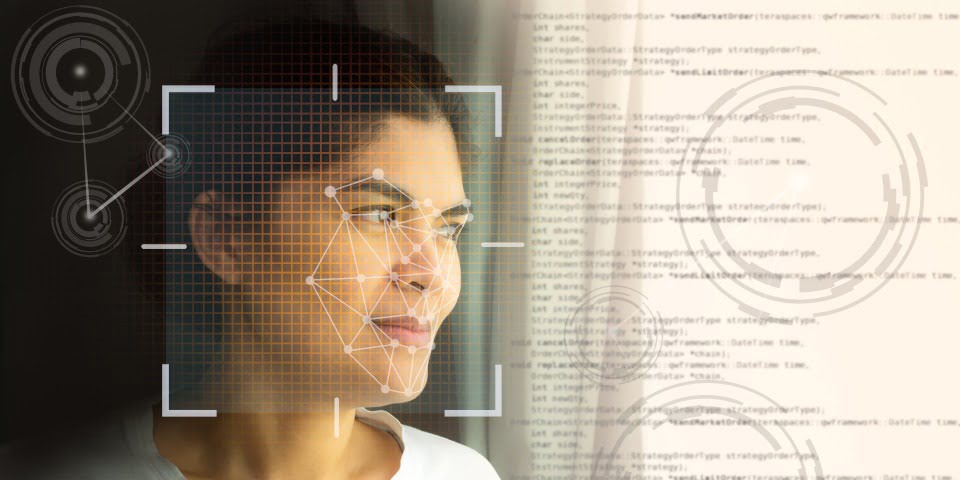New research into the tiny but telling facial responses to pain has enabled the development of an app that recognises and assesses it.
The company behind the PainChek app says the presence and degree of pain can be difficult to convey for people who are unable to communicate effectively. With up to 80 per cent of people living in aged care in Australia experiencing chronic pain and about 115,000 aged-care residents suffering from dementia, it is important to be able to identify and assess that pain effectively, PainChek says.
For the elderly, and particularly dementia sufferers, communicating both the presence and degree of pain is not only difficult but inconsistent over time in part due to the subjectivity of different caregivers. This can result in pain either going untreated, insufficiently treatment or even inappropriately treated including the use of incorrectly prescribed psychotics.
According to PainChek, pain has always been difficult to assess consistently as most pain-assessment tools use a subjective rating scale. PainChek is described as a pain assessment tool that uses artificial intelligence and facial recognition technology to identify and assess pain accurately.
It is said to be able to identify the presence of pain when it isn’t obvious, quantify the level of pain when it is obvious and monitor the effectiveness of treatments for pain over time, optimising overall care.
Using a secure, smartphone-based medical device, PainChek records a short video of the patient’s face and analyses the images using facial recognition analytics. It automatically recognises facial muscle movements that indicate pain and takes note of them, updating medical records in the cloud.
Next, the caregiver uses PainChek to record their observations of pain-related behaviour, such as how the person is moving and vocalising pain to complete the assessment. Finally, PainChek calculates an overall pain score and stores the result, allowing the caregiver to monitor the effect of medication and treatment over time.
PainChek has been approved for use in Australia and Europe and is expected to be used in a number of settings, including by caregivers in aged care, and with pre-verbal children including neonates (aged zero to one month) and infants and toddlers (one month to three years).






